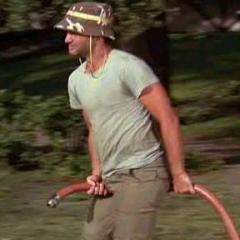IGNORED
Strategy in Game
Note: This thread is 911 days old. We appreciate that you found this thread instead of starting a new one, but if you plan to post here please make sure it's still relevant. If not, please start a new topic. Thank you!
-
Topics Being Discussed Right Now on The Sand Trap
-
- 14 replies
- 1,820 views
-
- 12 replies
- 676 views
-
- 19,530 replies
- 1,052,538 views
-
- 7 replies
- 361 views
-
- 2,374 replies
- 238,205 views
-








Recommended Posts
Create an account or sign in to comment
You need to be a member in order to leave a comment
Create an account
Sign up for a new account in our community. It's easy!
Register a new accountSign in
Already have an account? Sign in here.
Sign In Now